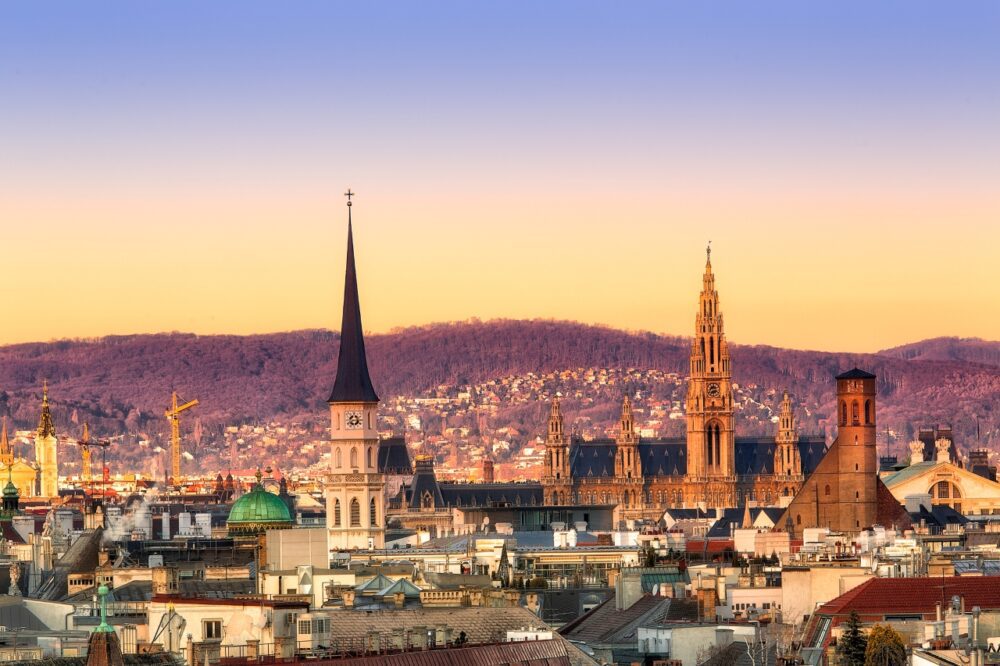
Introduction
Austria is the kind of country that captures your heart from the moment you arrive. Known for its rich cultural heritage, breathtaking Alpine landscapes, and world-class cities, it’s a destination that appeals to every kind of traveller. Whether you’re sipping coffee in a Viennese café, hiking through lush mountain valleys, or listening to Mozart’s melodies in Salzburg, Austria is a place where history, nature, and modern life come together seamlessly.
When I visited, I was blown away by the contrast between the grandeur of the cities and the tranquillity of the countryside. From elegant palaces to towering mountain peaks, there’s something special about Austria that makes you want to slow down, savour the moment, and appreciate the beauty around you. Here’s why this central European gem should be on your travel list.
Table of Contents
Reasons You Should Visit Austria
1. A Rich Cultural Heritage
Austria is steeped in history and culture. It’s the birthplace of musical geniuses like Mozart and Beethoven, the home of grand imperial palaces, and a country where art and music are deeply woven into everyday life. When you walk the streets of Vienna, it feels like you’ve stepped back into the 18th century, with its Baroque buildings and grand concert halls. I spent hours wandering around the Hofburg Palace and Schönbrunn Palace, imagining what life was like during the reign of the Habsburgs.
But it’s not just Vienna. Austria’s smaller cities, like Salzburg and Graz, have their own unique cultural offerings, from medieval fortresses to vibrant arts scenes. I particularly loved the Salzburg Festival, a celebration of classical music and theatre, where the entire city comes alive with performances in stunning historic venues. Whether you’re into opera, classical music, or art, Austria’s cultural heritage is everywhere, and it’s truly inspiring.
2. Stunning Alpine Scenery
If you love the outdoors, Austria is an absolute paradise. The Austrian Alps dominate the landscape, offering world-class hiking, skiing, and mountain biking. One of my favourite experiences was taking the cable car up to Nordkette in Innsbruck, where you’re greeted with jaw-dropping views of snow-capped peaks and lush valleys. In summer, you can hike along mountain trails surrounded by wildflowers, and in winter, the slopes are a skier’s dream.
The Alpine lakes, like Zell am See, are equally stunning. The crystal-clear waters are perfect for swimming, boating, or just relaxing on the shore with a picnic. The entire region feels like something out of a postcard, with its charming villages and panoramic vistas. Whether you’re an adrenaline junkie or just looking to enjoy the fresh mountain air, Austria’s natural beauty is hard to beat.
3. A World-Class Culinary Scene
Austria’s food is a delicious mix of hearty, traditional dishes and refined, modern cuisine. You can’t visit without trying Wiener Schnitzel, a crispy, golden veal cutlet that’s often served with a side of potato salad. I had mine at a classic Viennese restaurant, and it was easily one of the best meals I’ve had in Europe. Another must-try is Apfelstrudel, a warm, flaky pastry filled with spiced apples that’s perfect with a cup of coffee after a long day of sightseeing.
Beyond these staples, Austria has a vibrant culinary scene. In Graz, known as the country’s culinary capital, I discovered a more contemporary side to Austrian cuisine, with innovative dishes using fresh, local ingredients. There’s also a strong wine culture, particularly in the Wachau Valley near Krems an der Donau, where you can taste some of Austria’s best Grüner Veltliner wines while enjoying the stunning vineyard views.
4. Charming, Walkable Cities
Austria’s cities, from Vienna to Salzburg, are some of the most liveable and beautiful in Europe. They’re compact, walkable, and packed with things to see and do. I loved exploring the narrow cobbled streets of Hallstatt, a tiny village perched on the edge of a lake with colourful houses and picturesque surroundings. It felt like walking through a fairy tale.
Even Austria’s bigger cities have an intimate, laid-back vibe. In Vienna, you can walk from one grand boulevard to the next, stopping at coffeehouses or wandering through parks, all without the frenetic energy of other capitals. In Graz, I stumbled upon hidden courtyards and art installations, while Linz offers a more modern feel, with its contemporary museums and sleek riverside promenades. No matter where you go, Austria’s cities invite you to slow down and explore at your own pace.
5. A Country for All Seasons
One of the things I love most about Austria is that it’s a fantastic destination year-round. In summer, the Alps are perfect for hiking, biking, and lakeside relaxation. When winter rolls around, the country transforms into a wonderland of snow-covered mountains, bustling Christmas markets, and some of the best skiing in Europe.
I visited Austria in the autumn, and it was magical. The forests were ablaze with colour, and the weather was perfect for long walks in the countryside and sipping mulled wine at outdoor cafés. But I’ve also been during the winter, when cities like Vienna and Salzburg light up with festive decorations and the smell of gingerbread fills the air. Whether you’re a sun-seeker or a snow lover, Austria has something to offer in every season.
Best Places to Visit in Austria
1. Vienna

If you want to experience the heart of Austria’s culture and history, Vienna is the place to start. The city’s grand imperial past is on full display, with stunning palaces, churches, and museums everywhere you look. I spent a day exploring Schönbrunn Palace, the former summer residence of the Habsburgs. Its Baroque architecture and vast gardens are nothing short of spectacular, and you can easily spend hours wandering the grounds.
Vienna is also a haven for art lovers. The Kunsthistorisches Museum is one of the best I’ve visited, with works by the likes of Raphael, Rembrandt, and Bruegel. Don’t miss a visit to the Belvedere Palace, where you’ll find Gustav Klimt’s famous painting The Kiss. After a day of sightseeing, head to one of Vienna’s historic coffeehouses for a slice of Sachertorte, a rich chocolate cake that’s a local favourite.
2. Salzburg

Famous as the birthplace of Mozart and the setting for The Sound of Music, Salzburg is one of Austria’s most charming cities. I spent my days wandering through the UNESCO-listed old town, with its Baroque architecture and narrow, cobbled streets. The Hohensalzburg Fortress, perched high above the city, offers incredible views over the rooftops and mountains beyond. It’s a bit of a hike to get there, but the panoramic vistas are worth every step.
No trip to Salzburg is complete without a visit to Mozart’s Birthplace, now a museum filled with personal artefacts and musical history. I also took a stroll through the Mirabell Gardens, where several scenes from The Sound of Music were filmed. Even if you’re not a fan of the film, the gardens are a lovely spot to relax and take in the views of the surrounding Alps.
3. Innsbruck

Nestled in the heart of the Alps, Innsbruck is a paradise for outdoor enthusiasts and history lovers alike. The city is surrounded by mountains, making it a popular destination for skiing in the winter and hiking in the summer. I took the Nordkette cable car up to the top of the mountain and was rewarded with some of the most breathtaking views I’ve ever seen. It’s the perfect spot for a morning hike or an afternoon picnic.
Back in the city, Innsbruck’s medieval old town is a delight to explore. Don’t miss the Golden Roof, one of the city’s most famous landmarks, or the Hofburg Palace, which offers a fascinating glimpse into Austria’s imperial past. If you’re into winter sports, Innsbruck is also a great base for skiing, with several world-class resorts nearby.
4. Graz

Graz is Austria’s second-largest city, but it feels worlds apart from Vienna. Known for its vibrant arts scene and beautiful Renaissance architecture, Graz has a more laid-back, youthful vibe. I loved exploring the city’s old town, with its red-tiled roofs, hidden courtyards, and the stunning Schlossberg Hill, which offers panoramic views over the city. You can either hike up the hill or take a funicular—either way, the views from the top are fantastic.
One of the highlights of my visit to Graz was the Kunsthaus Graz, an avant-garde museum of contemporary art that’s housed in a building that looks like a giant blue bubble. It’s a striking contrast to the city’s traditional architecture and a testament to Graz’s status as a UNESCO City of Design. Be sure to stop by the local farmers’ market for some fresh produce and delicious Styrian pumpkin seed oil, a regional speciality.
5. Hallstatt
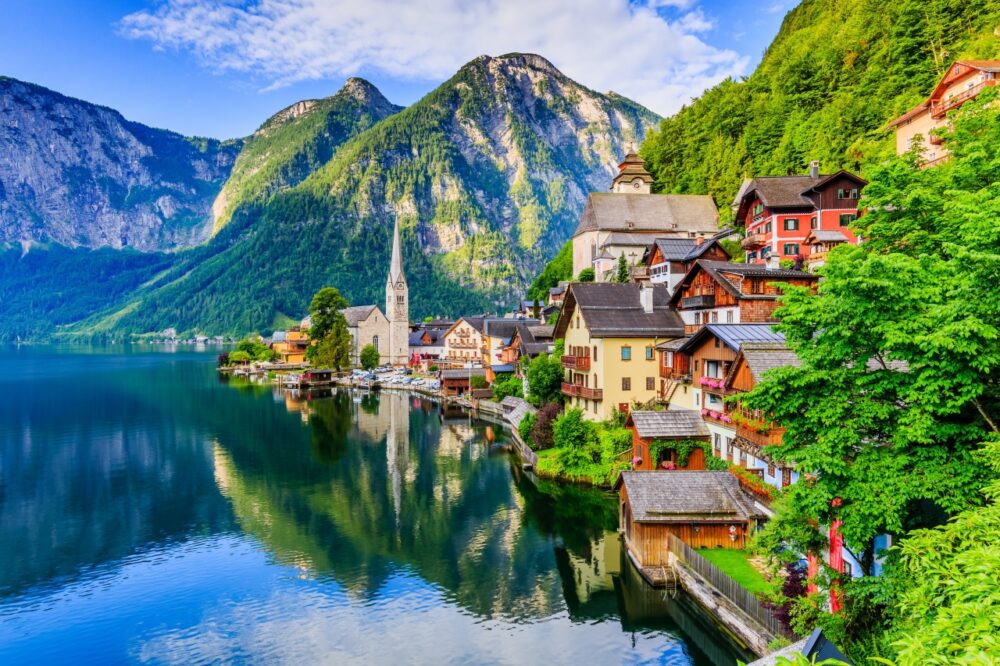
Hallstatt is often called the most beautiful village in Austria, and it’s easy to see why. Tucked between a pristine lake and dramatic mountains, Hallstatt looks like something out of a fairy tale. I took the ferry across the lake to get a full view of the village, and it was absolutely breathtaking. Hallstatt is also home to some fascinating history—the nearby Dachstein Ice Caves and World Heritage Museum offer a glimpse into the region’s ancient past.
While Hallstatt can get busy during the summer months, it’s worth braving the crowds to experience this stunning place. I recommend arriving early in the morning or staying overnight to enjoy the village when it’s quieter. It’s a perfect spot for a romantic getaway or a peaceful escape from the hustle and bustle of Austria’s bigger cities.
6. Linz
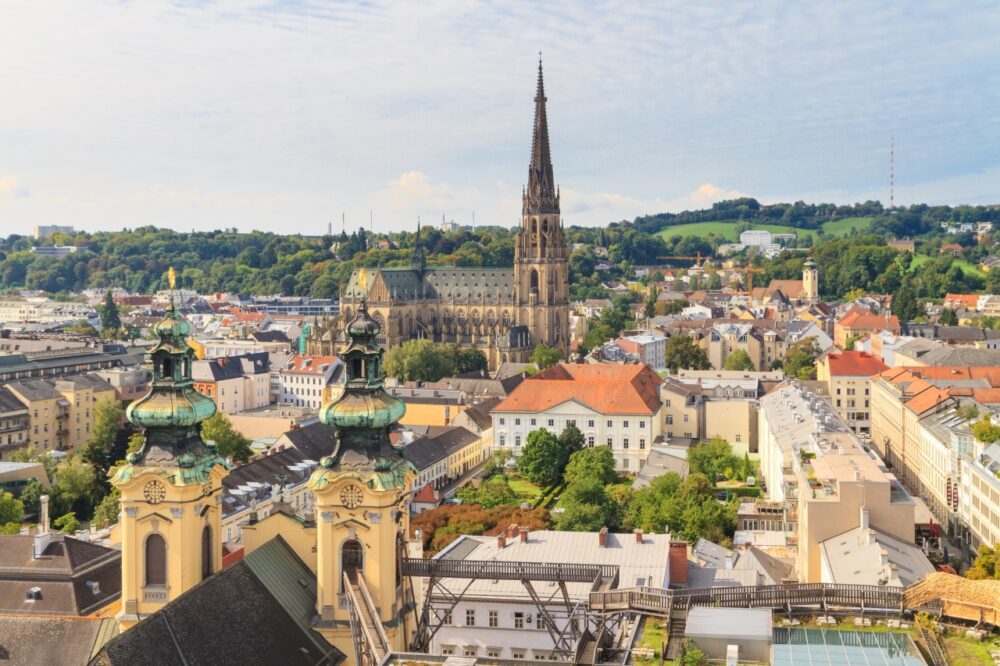
Linz is one of Austria’s more modern cities, and it’s known for its innovation and creativity. The city sits on the banks of the Danube River, and the riverside promenade is a great place to take a leisurely walk or rent a bike. I was surprised by how much Linz has to offer in terms of contemporary culture. The Ars Electronica Center, a museum dedicated to technology and digital art, is one of the coolest museums I’ve been to—it’s interactive, forward-thinking, and fascinating for both kids and adults.
Linz’s old town is a mix of old and new, with Baroque buildings standing next to modern art installations. The Lentos Art Museum is another highlight for art lovers, featuring a fantastic collection of 20th-century works. If you’re visiting in the winter, Linz’s Christmas market is smaller and more intimate than those in Vienna, but just as charming.
7. Krems an der Donau
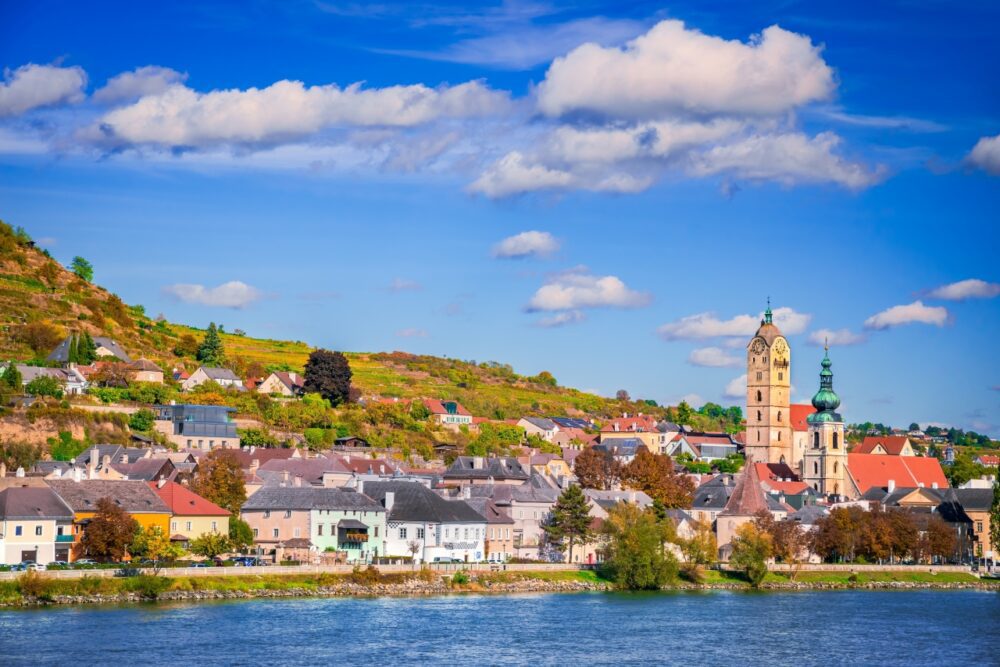
For wine lovers, Krems an der Donau is a must-visit. Located in the Wachau Valley, this charming town is surrounded by vineyards and offers some of the best wine-tasting experiences in Austria. I spent a day cycling along the Danube River, stopping at various wineries along the way to sample the local Grüner Veltliner and Riesling. The landscape is stunning, with rolling hills, medieval castles, and tiny villages dotting the countryside.
In Krems itself, the old town is filled with narrow streets, colourful houses, and plenty of cosy cafés where you can relax with a glass of wine. If you’re visiting in the autumn, the harvest season brings festivals and wine tastings that are not to be missed. Krems is also home to some great art galleries, including the Kunsthalle Krems, which showcases contemporary art in a beautiful riverside setting.
8. Klagenfurt
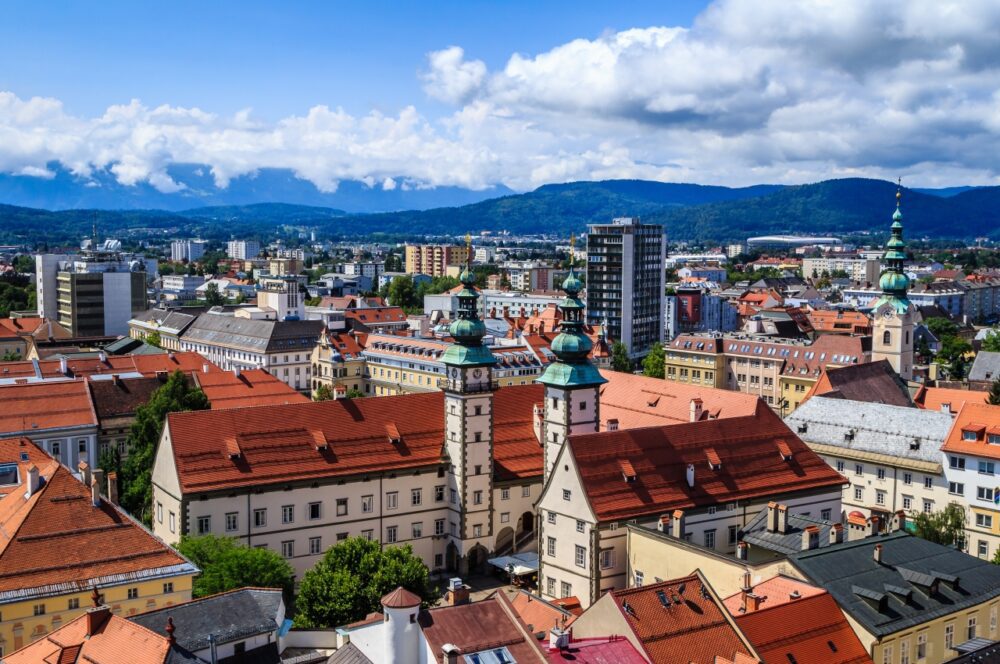
Located near the Wörthersee Lake, Klagenfurt is a great destination for nature lovers and those looking for a relaxed holiday by the water. The city itself has a charming old town with Renaissance-era buildings, and it’s a pleasant place to wander around. I spent an afternoon strolling through the narrow streets, stopping for coffee in one of the many squares before heading to the lake.
Wörthersee is the real highlight here, though. It’s one of Austria’s largest lakes, and its turquoise waters are perfect for swimming, boating, or just relaxing on the shore. There are plenty of hiking and cycling trails around the lake, too, making it an ideal spot for an active holiday. I took a boat tour around the lake and was blown away by the beauty of the surrounding mountains and forests.
9. Zell am See
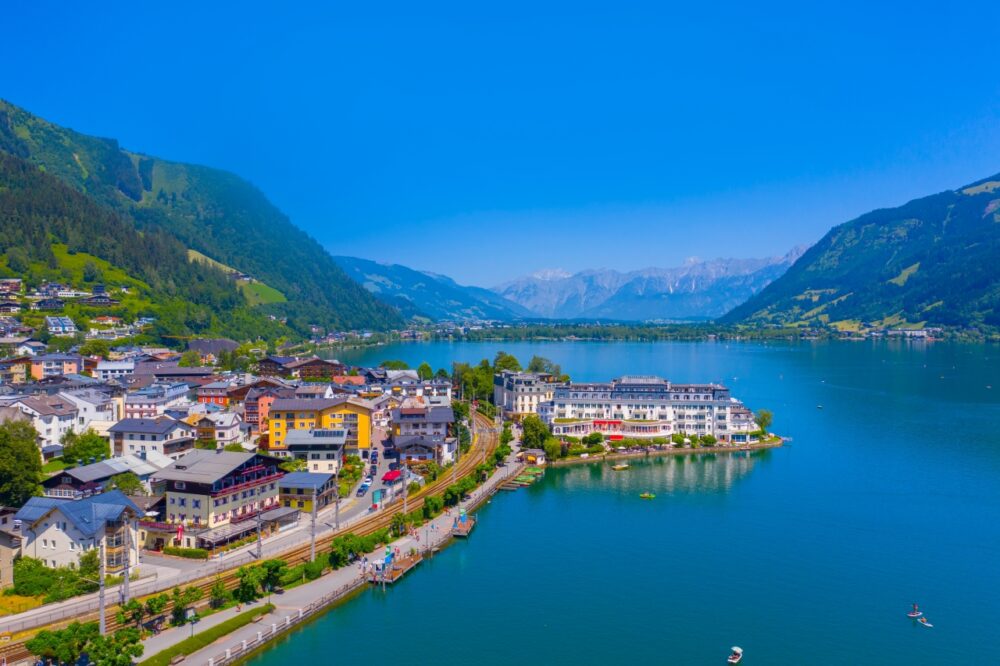
Zell am See is one of Austria’s top destinations for outdoor enthusiasts. Nestled between a shimmering lake and towering mountains, this town is a playground for hikers, skiers, and water sports lovers. In the summer, I rented a kayak and spent a day paddling on Lake Zell, surrounded by the green hills and Alpine peaks. In the winter, the nearby Schmittenhöhe ski resort offers fantastic skiing and snowboarding.
The town itself is picture-perfect, with traditional Alpine architecture, cute shops, and plenty of cafés where you can relax after a day of adventure. Zell am See is also a great base for exploring the nearby Grossglockner High Alpine Road, one of the most scenic drives in Austria. Whether you’re into adrenaline-pumping activities or just want to relax in nature, Zell am See has it all.
10. Bregenz
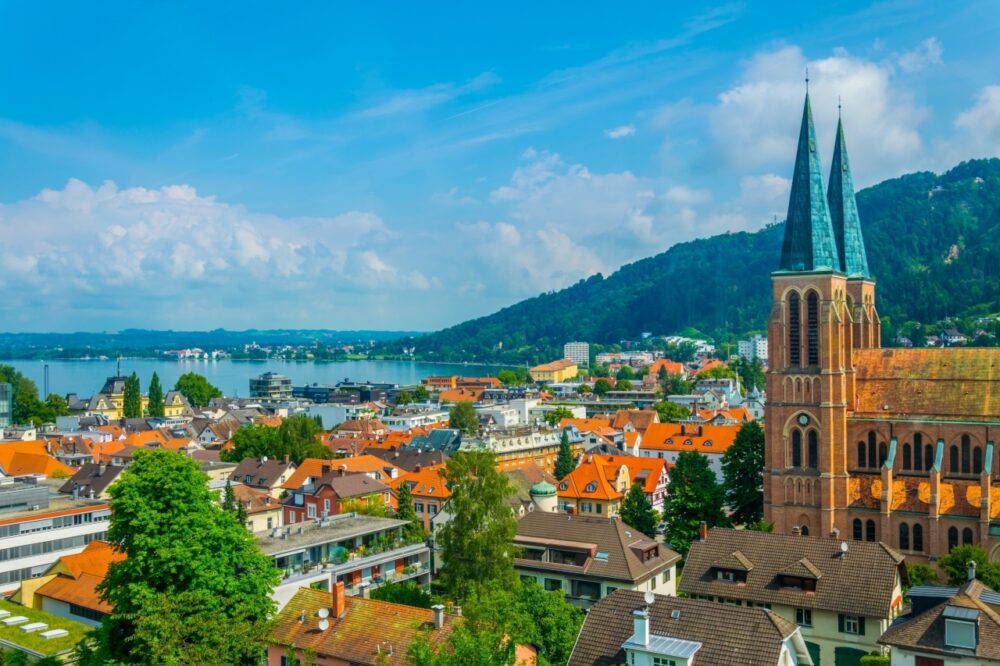
Perched on the shores of Lake Constance, Bregenz is a hidden gem in Austria’s westernmost region. The city is best known for the Bregenz Festival, where you can watch opera performances on a floating stage right on the lake—an experience that’s as magical as it sounds. I visited during the summer festival season, and watching a performance with the lake and mountains as the backdrop was one of the highlights of my trip.
Bregenz also has plenty to offer in terms of outdoor activities. I took the Pfänderbahn cable car up to the top of Pfänder Mountain, where you can hike or simply take in the panoramic views of Lake Constance and the surrounding Alps. The city itself is small but charming, with a lovely old town, art galleries, and plenty of spots to enjoy the lakeside atmosphere.
Travel Tips for Austria
Getting Around Austria
Austria’s public transport system is one of the best in Europe, making it easy to travel between cities and towns. Trains are the most efficient way to get around, with regular and fast connections between major cities like Vienna, Salzburg, and Innsbruck. If you’re exploring rural areas or the Alps, buses fill in the gaps. Renting a car is ideal for accessing more remote regions, especially in the Austrian Alps, but in cities, public transport is usually more convenient. Don’t forget to validate your ticket before boarding buses or trams!
Best Time to Visit Austria
The best time to visit Austria depends on your interests. Winter (December to February) is perfect for skiing in the Alps and enjoying Austria’s famous Christmas markets. For outdoor enthusiasts, summer (June to August) offers fantastic hiking and cycling, especially in the alpine regions. Spring (April to June) and autumn (September to October) are great for city trips, as the weather is mild, and popular destinations like Vienna and Salzburg are less crowded.
Passport and Visa Requirements for Austria
Austria is part of the Schengen Area, so travellers from EU/EEA countries don’t need a visa for visits under 90 days. Visitors from the US, UK, Canada, and many other countries can also stay visa-free for up to 90 days. Make sure your passport is valid for at least three months beyond your planned stay. If you’re staying longer or working, check Austria’s visa requirements before travelling.
Currency and Banks in Austria
Austria uses the Euro (EUR), and credit and debit cards are widely accepted in cities and larger towns. However, it’s a good idea to carry some cash, especially in smaller villages or for small purchases like coffee at a Konditorei. ATMs are easy to find, and withdrawing euros using your debit card is often the cheapest way to get cash. Be aware that some smaller businesses, especially in rural areas, may only accept cash.
Language and Useful Phrases to Know
German is the official language of Austria, but English is widely spoken in most tourist areas, particularly in hotels and restaurants. It’s still worth learning a few basic German phrases, as locals always appreciate the effort. Try “Grüß Gott” (hello) in southern Austria, “Bitte” (please), and “Danke” (thank you). Knowing how to order your coffee in German—like “Ein Kaffee, bitte” (a coffee, please)—will definitely enhance your café experience.
Budgeting and Costs for Austria
Austria can be expensive, especially in major cities like Vienna or during peak ski season. However, there are ways to manage your budget. Public transport is affordable, and you can save on accommodation by staying in guesthouses or using Airbnb. Meals at traditional restaurants or taverns (called Gasthäuser) often offer good value for money, especially outside the main tourist areas. Museums and cultural attractions can add up, so consider purchasing city passes like the Vienna City Card for discounts on entry fees.
Conclusion
Austria is a country that has something for everyone. Whether you’re drawn to the imperial grandeur of Vienna, the musical charm of Salzburg, or the natural beauty of the Austrian Alps, you’ll find that every corner of Austria offers a unique experience. It’s a place where history, culture, and nature come together in perfect harmony, creating a destination that’s both relaxing and inspiring.
What makes Austria truly special, though, is the quality of life. The country has a calm, welcoming vibe that makes you feel at home, whether you’re exploring a bustling city or a peaceful mountain village. So if you’re looking for a destination that offers the best of both worlds—cultural richness and stunning landscapes—Austria should be at the top of your list. Trust me, once you’ve been, you’ll want to return again and again.
